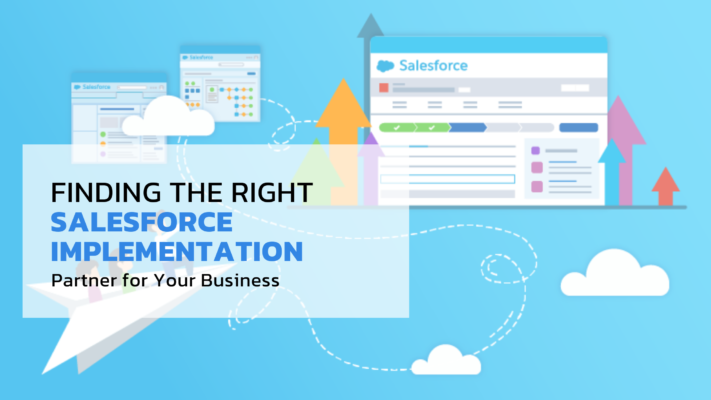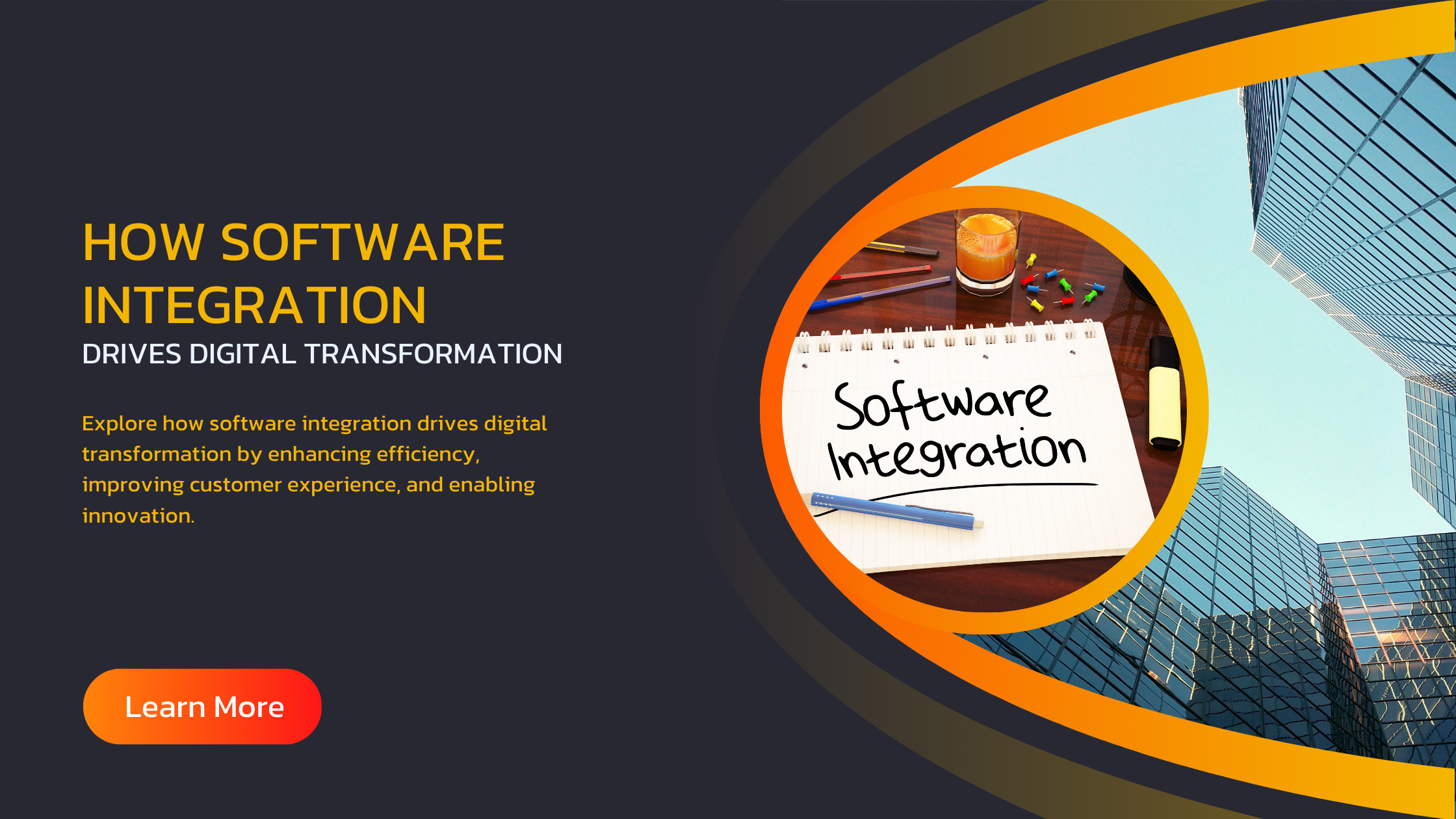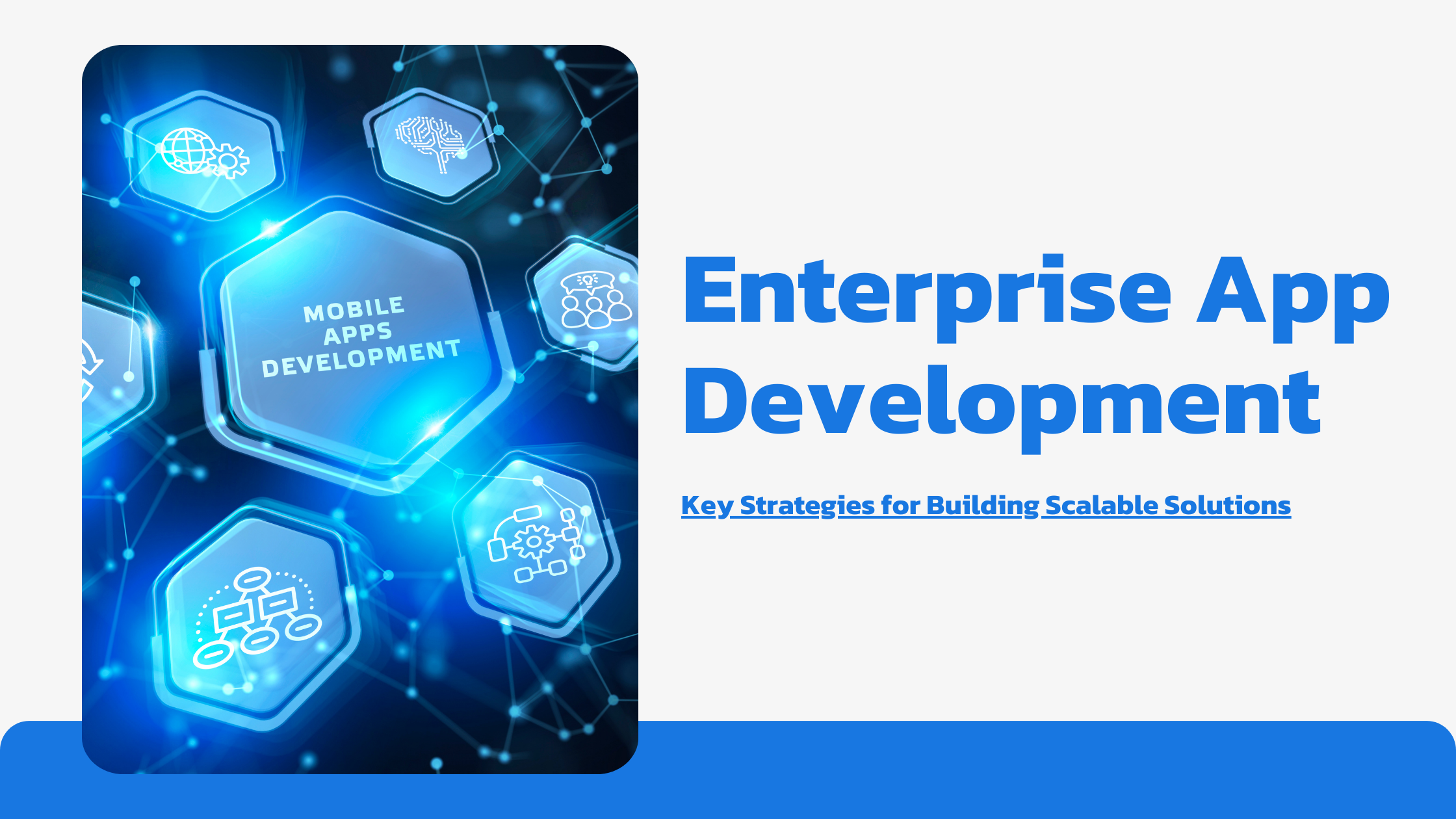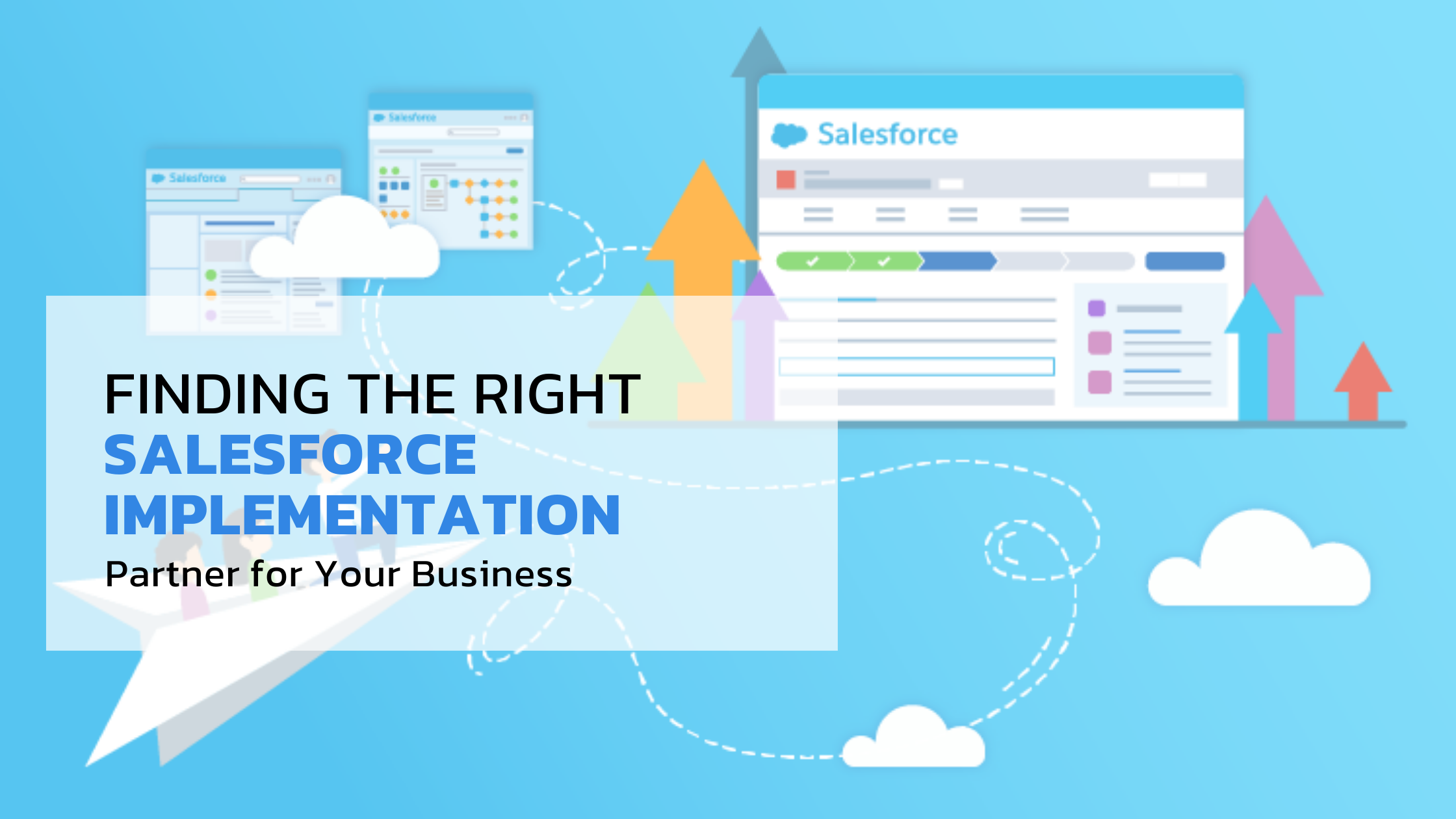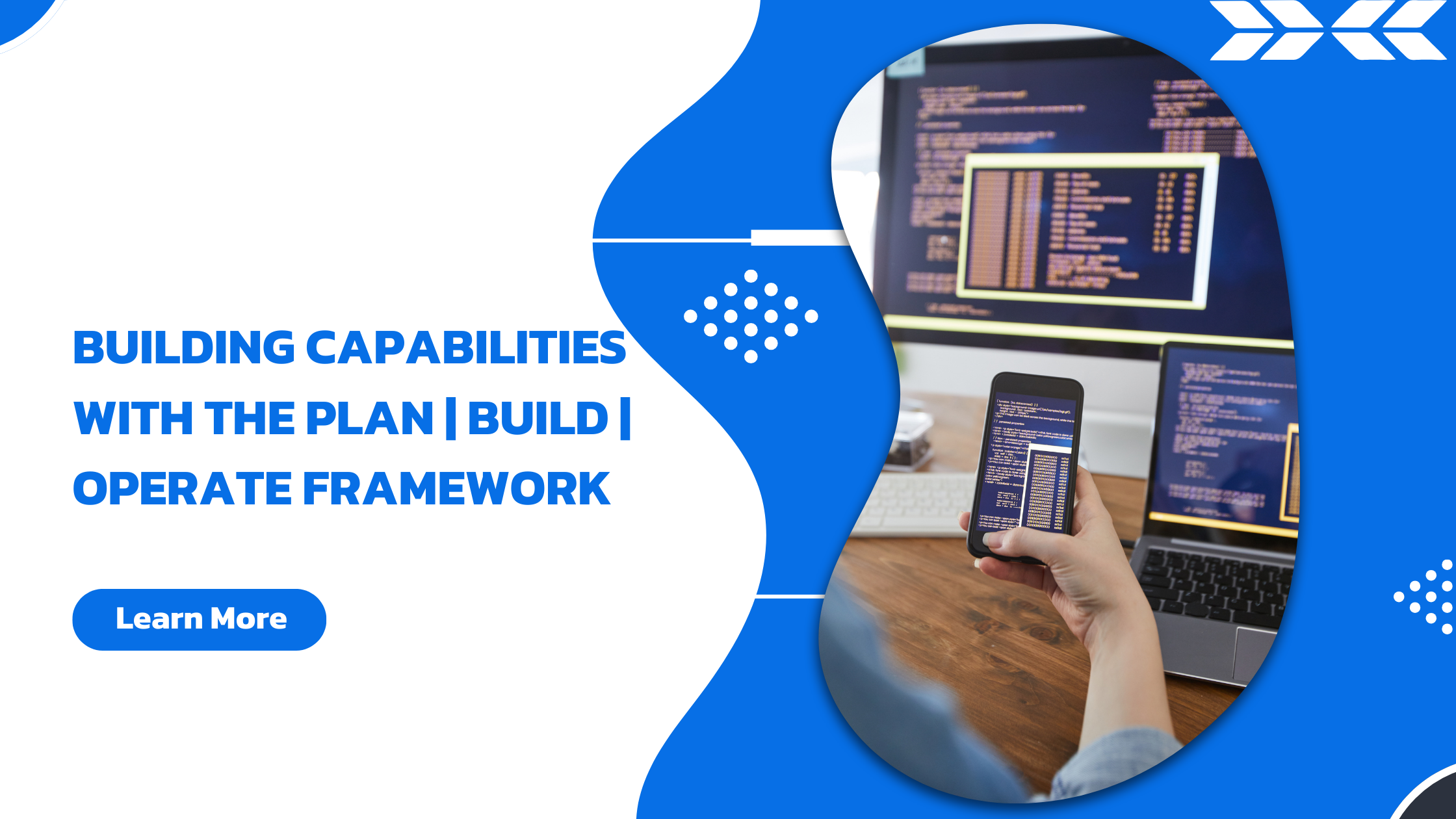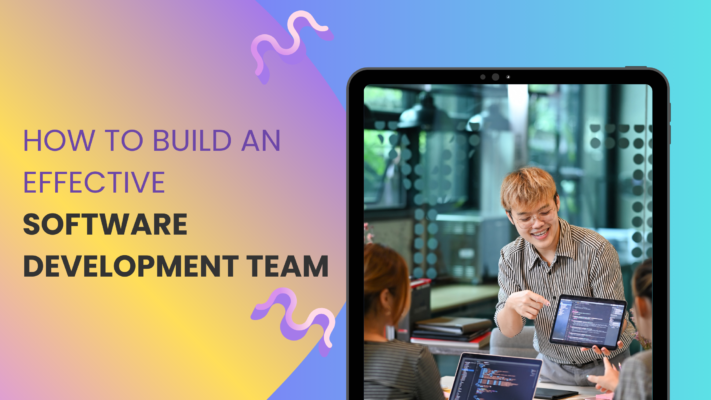
- April 23 2024
- admin
In today’s fast-paced digital world, having an effective software development team is crucial for any organization that wants to stay competitive and meet the ever-evolving demands of the market. Building a strong and cohesive team is no easy feat, but it’s a worthwhile investment that can pay dividends in the long run. In this comprehensive blog post, we’ll explore the essential steps and strategies to help you build an effective software development team in 2024.
Understanding the Importance of a Well-Rounded Team
Before we dive into the nitty-gritty of how to build a software development team, it’s essential to understand why having a well-rounded and diverse team is so important. A team with a diverse set of skills, backgrounds, and perspectives is better equipped to tackle complex challenges, foster innovation, and deliver high-quality solutions.
Effective software development teams are not just a collection of individual developers; they are a cohesive unit that combines technical expertise with soft skills like communication, collaboration, and problem-solving abilities. By bringing together individuals with different strengths and experiences, you create an environment where ideas can flourish, and solutions can be approached from multiple angles.
Step 1: Define Your Project Requirements and Goals
The first step in building an effective software development team is to clearly define your project requirements and goals. This involves understanding the scope of the project, the technologies involved, the timeline, and the desired outcomes. Having a clear understanding of these factors will help you identify the specific skills and expertise needed within your team.
During this stage, it’s also crucial to determine the size of the team you’ll need. While larger teams may have more resources, they can also become inefficient and difficult to manage. Conversely, smaller teams may struggle with limited bandwidth and expertise. Finding the right balance is key to ensuring productivity and efficient collaboration.
Step 2: Identify the Necessary Skills and Roles
Once you have a solid understanding of your project requirements and goals, the next step is to identify the specific skills and roles needed within your software development team. This involves breaking down the project into its various components and determining the expertise required for each aspect.
Some common roles and skills that you may need to consider include:
Project Manager: Responsible for overseeing the entire project, managing timelines, and ensuring effective communication and collaboration within the team.
Software Architects: Responsible for designing the overall structure and architecture of the software system, ensuring scalability, maintainability, and adherence to best practices.
Front-end Developers: Responsible for building the user interface and ensuring a seamless and engaging user experience.
Back-end Developers: Responsible for building the server-side logic, databases, and APIs that power the application.
Quality Assurance (QA) Engineers: Responsible for testing the software to identify and resolve bugs and ensure it meets the desired quality standards.
DevOps Engineers: Responsible for automating the software delivery process, managing infrastructure, and ensuring seamless integration and deployment.
UI/UX Designers: Responsible for creating intuitive and visually appealing user interfaces that enhance the overall user experience.
Depending on the nature and complexity of your project, you may require additional specialized roles or a combination of these roles. It’s essential to assess the specific needs of your project and identify the appropriate mix of skills and expertise required.
Step 3: Attract and Recruit Top Talent
With a clear understanding of the roles and skills needed, the next step is to attract and recruit top talent to join your software development team. This can be a challenging and time-consuming process, but it’s crucial to invest the necessary effort to find the right fit for your team.
Here are some strategies to help you attract and recruit top talent:
a) Leverage Your Network
Start by tapping into your existing professional network. Reach out to colleagues, industry contacts, and alumni networks to gauge their interest or seek referrals for potential candidates. Word-of-mouth recommendations can be a valuable source of high-quality talent.
b) Utilize Online Job Boards and Platforms
Online job boards and platforms like LinkedIn, Indeed, and AngelList can be powerful tools for sourcing candidates. Craft compelling job descriptions that accurately represent the roles and responsibilities, as well as the company culture and benefits.
c) Attend Industry Events and Meetups
Attending industry events, conferences, and local meetups can provide opportunities to connect with potential candidates in person. These events allow you to showcase your company and engage with talented individuals who share your passion for software development.
d) Offer Competitive Compensation and Benefits
Top talent often comes with a premium price tag, but investing in the right people can pay dividends in the long run. Offer competitive salaries and attractive benefits packages that align with industry standards and demonstrate your commitment to attracting and retaining the best talent.
e) Emphasize Company Culture and Growth Opportunities
In addition to compensation, highlight your company’s culture, values, and growth opportunities. Top talent is often drawn to organizations that foster a positive work environment, provide opportunities for professional development, and encourage innovation and creativity.
Step 4: Build a Cohesive and Collaborative Team
Once you’ve assembled your software development team, the next challenge is to foster a cohesive and collaborative environment. A well-functioning team is more than just a collection of talented individuals; it’s a harmonious unit that works together seamlessly to achieve shared goals.
Here are some strategies to help build a cohesive and collaborative team:
a) Establish Clear Communication Channels
Effective communication is the foundation of any successful team. Implement clear and consistent communication channels, such as regular team meetings, project management tools, and collaboration platforms. Encourage open dialogue, active listening, and constructive feedback to foster a culture of transparency and trust.
b) Define Roles and Responsibilities
Clearly define the roles and responsibilities of each team member to avoid confusion and overlap. Ensure that everyone understands their specific tasks and contributions, as well as how their work fits into the overall project goals.
c) Encourage Knowledge Sharing and Mentorship
Create opportunities for knowledge sharing and mentorship within the team. Encourage experienced team members to share their expertise with junior developers, and foster an environment where everyone feels comfortable asking questions and seeking guidance.
d) Promote Cross-functional Collaboration
Software development often involves multiple disciplines and functional areas. Promote cross-functional collaboration by encouraging team members from different backgrounds and roles to work together, share insights, and leverage each other’s strengths.
e) Celebrate Successes and Learn from Failures
Recognize and celebrate team successes, no matter how small. This fosters a positive and motivating environment and reinforces the value of collaboration. At the same time, embrace failures as learning opportunities and encourage open discussions about what went wrong and how to improve.
Step 5: Implement Agile Methodologies and Best Practices
In today’s fast-paced software development landscape, adopting agile methodologies and best practices is essential for ensuring efficiency, adaptability, and continuous improvement. Agile methodologies, such as Scrum, Kanban, or Lean, promote iterative development, collaboration, and flexibility, enabling teams to respond quickly to changing requirements and market demands.
Here are some key agile practices to consider implementing:
a) Iterative Development and Continuous Feedback
Embrace iterative development cycles, where software is developed and delivered in incremental phases. This approach allows for continuous feedback and adaptation, ensuring that the final product meets the evolving needs of stakeholders and end-users.
b) Daily Stand-up Meetings
Conduct daily stand-up meetings to foster regular communication, collaboration, and transparency within the team. These brief meetings provide an opportunity for team members to share progress updates, address roadblocks, and align on priorities.
c) Sprint Planning and Retrospectives
Engage in sprint planning sessions to define the scope and goals for each development cycle, and conduct retrospectives at the end of each sprint to reflect on what went well, what could be improved, and how to incorporate learnings into future sprints.
d) Continuous Integration and Continuous Deployment (CI/CD)
Implement CI/CD practices to streamline the software delivery process. Continuous integration involves regularly merging code changes into a shared repository, while continuous deployment automates the process of releasing new software versions to production environments.
e) Automated Testing and Code Reviews
Embrace automated testing and code reviews to ensure code quality, identify issues early, and maintain a consistent codebase. Automated tests can catch regressions and bugs, while code reviews promote knowledge sharing, adherence to best practices, and collaborative problem-solving.
Step 6: Foster a Culture of Continuous Learning and Professional Development
In the ever-evolving field of software development, continuous learning and professional development are crucial for keeping your team’s skills and knowledge up-to-date. Encouraging a culture of continuous learning not only helps your team stay ahead of the curve but also fosters a growth mindset and a sense of personal and professional fulfillment.
Here are some strategies to foster a culture of continuous learning and professional development within your software development team:
a) Provide Training and Educational Opportunities: Invest in training programs, workshops, and educational resources to help your team members expand their knowledge and stay current with the latest technologies, methodologies, and industry trends.
b) Encourage Participation in Conferences and Meetups: Support and encourage your team members to attend relevant conferences, seminars, and local meetups. These events provide opportunities to learn from industry experts, network with peers, and gain exposure to new ideas and best practices.
c) Facilitate Knowledge-Sharing Sessions: Organize regular knowledge-sharing sessions within your team, where team members can present on topics they’ve learned, share their experiences, or discuss challenges they’ve faced and how they overcame them.
d) Establish a Learning Library: Curate a collection of books, online courses, and other educational materials related to software development, programming languages, and industry best practices. Make these resources readily available to your team members.
e) Implement Mentorship Programs: Pair experienced team members with junior developers or those seeking to develop specific skills. Mentorship programs not only facilitate knowledge transfer but also foster a supportive and collaborative environment.
f) Encourage Side Projects and Hackathons: Encourage your team members to participate in side projects, hackathons, or open-source contributions. These activities allow them to explore new technologies, experiment with innovative ideas, and develop their skills in a low-risk environment.
By fostering a culture of continuous learning and professional development, you not only invest in the growth of your team members but also ensure that your organization remains competitive and adaptable in the rapidly changing software development landscape.
Conclusion
Building an effective software development team in 2024 requires a strategic approach that combines careful planning, talent acquisition, team building, and the implementation of agile methodologies and best practices. By following the steps outlined in this comprehensive blog post, you can assemble a well-rounded and cohesive team that is equipped to tackle complex challenges, foster innovation, and deliver high-quality software solutions.
Remember, building an effective team is an ongoing process that requires continuous effort, adaptation, and a commitment to fostering a positive and collaborative culture. Embrace diversity, encourage open communication, and cultivate an environment that supports continuous learning and professional growth.
If you’re looking for expert guidance and support in building an effective software development team, consider partnering with Upcore Technologies. Our team of experienced professionals can assist you throughout the entire process, from defining project requirements to implementing agile methodologies and fostering a culture of continuous improvement.
Invest in your software development team today, and unlock the potential for success in the dynamic and ever-changing digital landscape.


